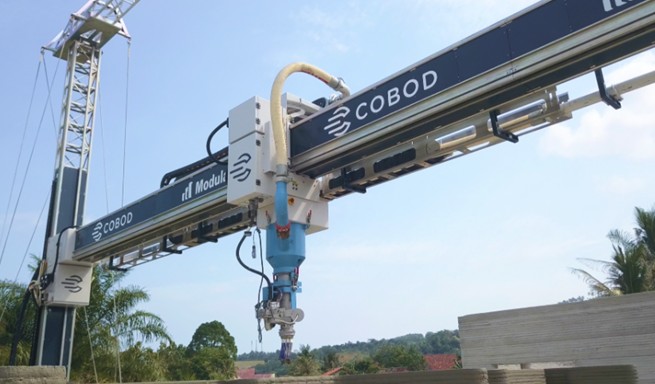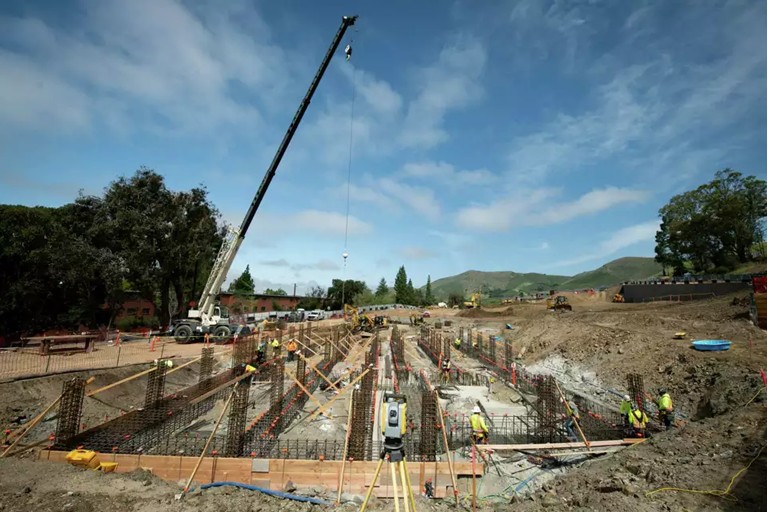As immigration laws tighten and enforcement grows stricter across the United States, a question hangs heavy over industries that have long depended on unskilled or lower-skilled labor: Who — or what — will fill these jobs if immigrant labor continues to dwindle?
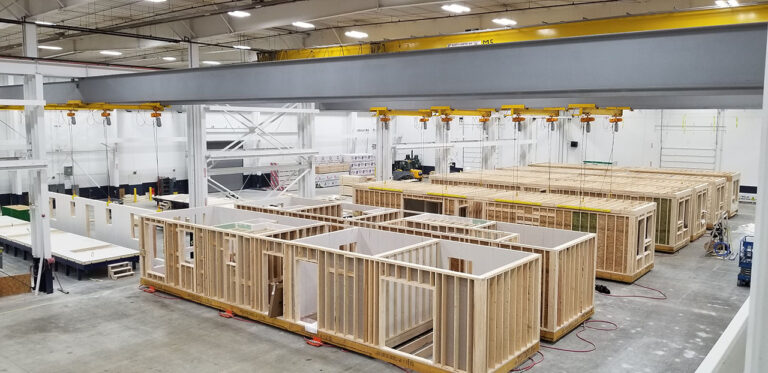
For decades, sectors like construction, agriculture, hospitality, and manufacturing have quietly leaned on a workforce willing to do the physically demanding, repetitive, and often thankless jobs that many domestic workers avoid. Without this labor backbone, entire supply chains risk grinding to a halt. But in an era of shifting immigration policy and rising political tensions, that backbone is increasingly fragile. So, what’s next?
Some point to automation and robotics as the shining solution. In factories, mechanized production lines and robotic welders can take on tasks once done by dozens of people, operating around the clock without lunch breaks or overtime pay. Even on construction sites, robots are emerging to lay bricks, spray insulation, and even assist with roof assemblies. Companies are pouring money into research and development, betting big on machines to fill the gaps left by human hands. Yet these technologies come with high upfront costs and require new skills to maintain and operate — ironically creating a new kind of labor shortage in technical and maintenance roles.
Meanwhile, the rise of advanced prefabrication and modular construction promises to reduce the need for large on-site crews altogether. By shifting work off-site into controlled factory settings, builders can depend on smaller, more consistent teams, using machinery and streamlined processes to replace traditional site labor. It sounds ideal on paper, but the transition is slow. Many contractors still rely on traditional methods, and convincing them to adopt new approaches is no small feat.
Some industry leaders advocate for aggressive upskilling of the domestic workforce. The idea is to invest in training programs, partner with trade schools, and create incentives for Americans to learn essential construction, manufacturing, and service industry skills. While a noble goal, it faces cultural resistance. Many younger workers are drawn to technology, remote jobs, or creative industries rather than physically demanding trades. Shifting these attitudes takes time — and money.
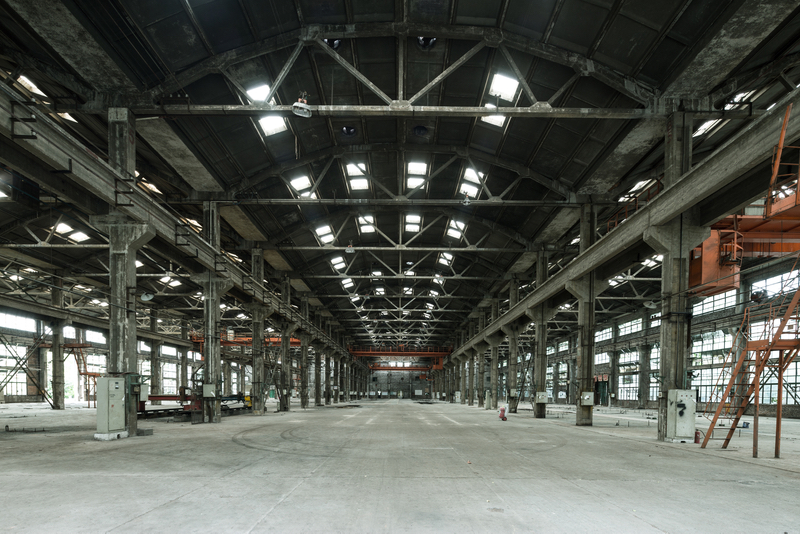
Other voices suggest tapping into alternative labor pools, such as temporary visa programs, inmate labor, or even retirees looking for part-time work. These solutions, however, are often controversial and complicated to manage, and they rarely provide a stable long-term answer.
Beyond workforce solutions, some experts propose redesigning processes themselves to require fewer hands on deck. In construction, for example, using snap-fit assemblies and prefinished panels can reduce the number of people needed on a site. Agriculture is experimenting with simplified planting and harvesting methods that minimize manual intervention. But these strategies require upfront planning, significant investment, and a willingness to rethink decades-old workflows.
Amid all these ideas, one reality remains clear: there is no single silver bullet. Replacing unskilled labor at scale requires a mosaic of strategies — from embracing new technologies to creating cultural shifts in how we value manual trades. The transition will be neither quick nor cheap. Without a proactive approach, the consequences could ripple far beyond labor shortages, impacting material costs, project timelines, and the overall health of the economy.
As we look ahead, the question persists: Are we prepared to fundamentally change the way we build, grow, and serve in this country? Or are we headed toward a future where unfinished buildings, unharvested fields, and understaffed hotels become the new normal? The race to find answers is on — and it might define the next decade of American industry.
.
With over 8,000 published articles on modular and offsite construction, Gary Fleisher remains one of the most trusted voices in the industry.
.
CLICK HERE to read the latest edition
Contact Gary Fleisher






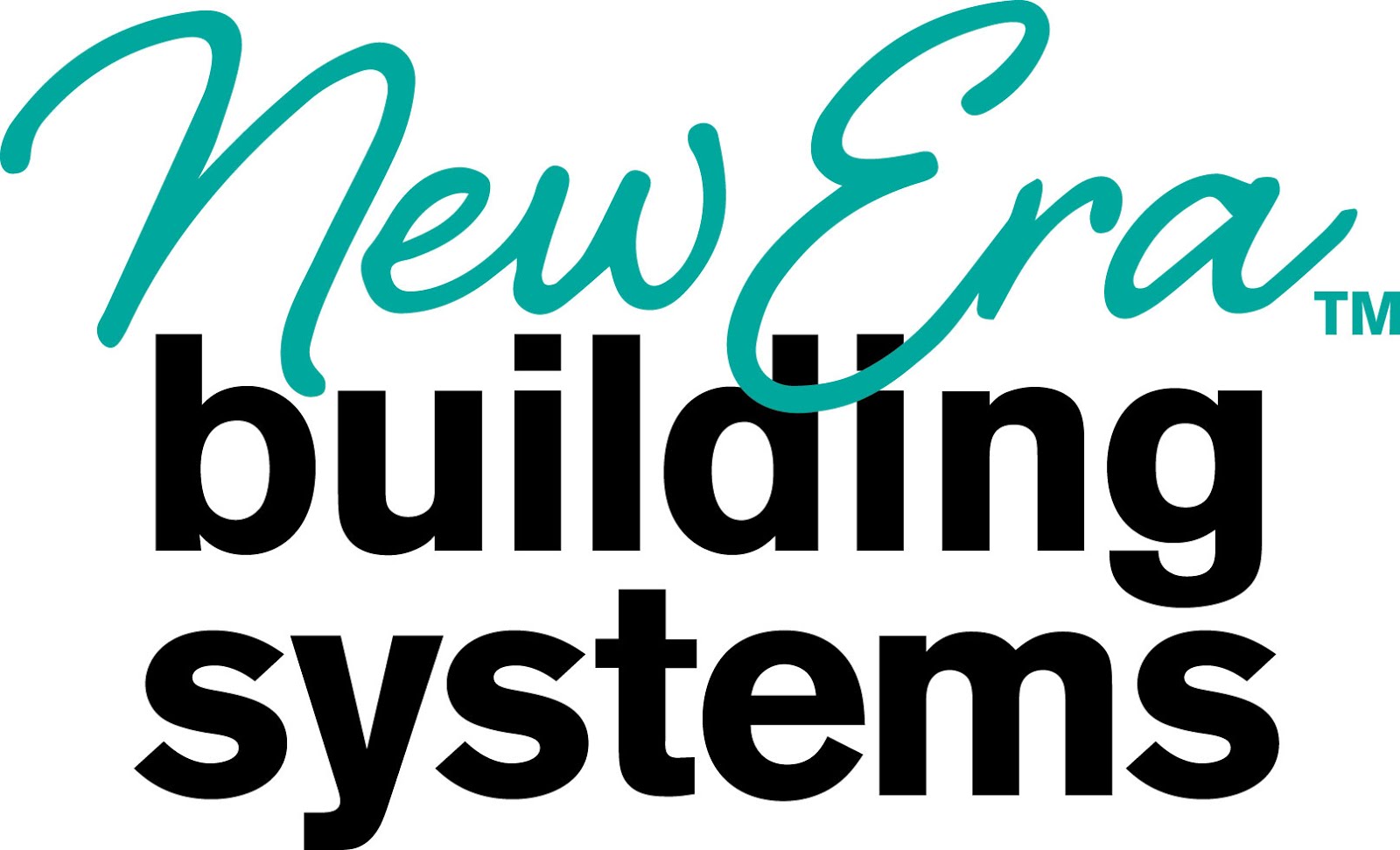


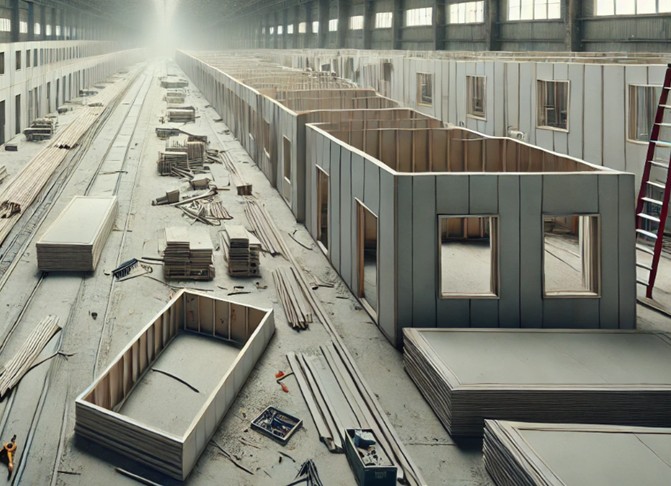

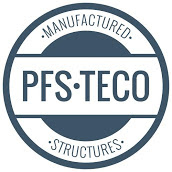


 Hudson Valley Homes
Hudson Valley Homes



